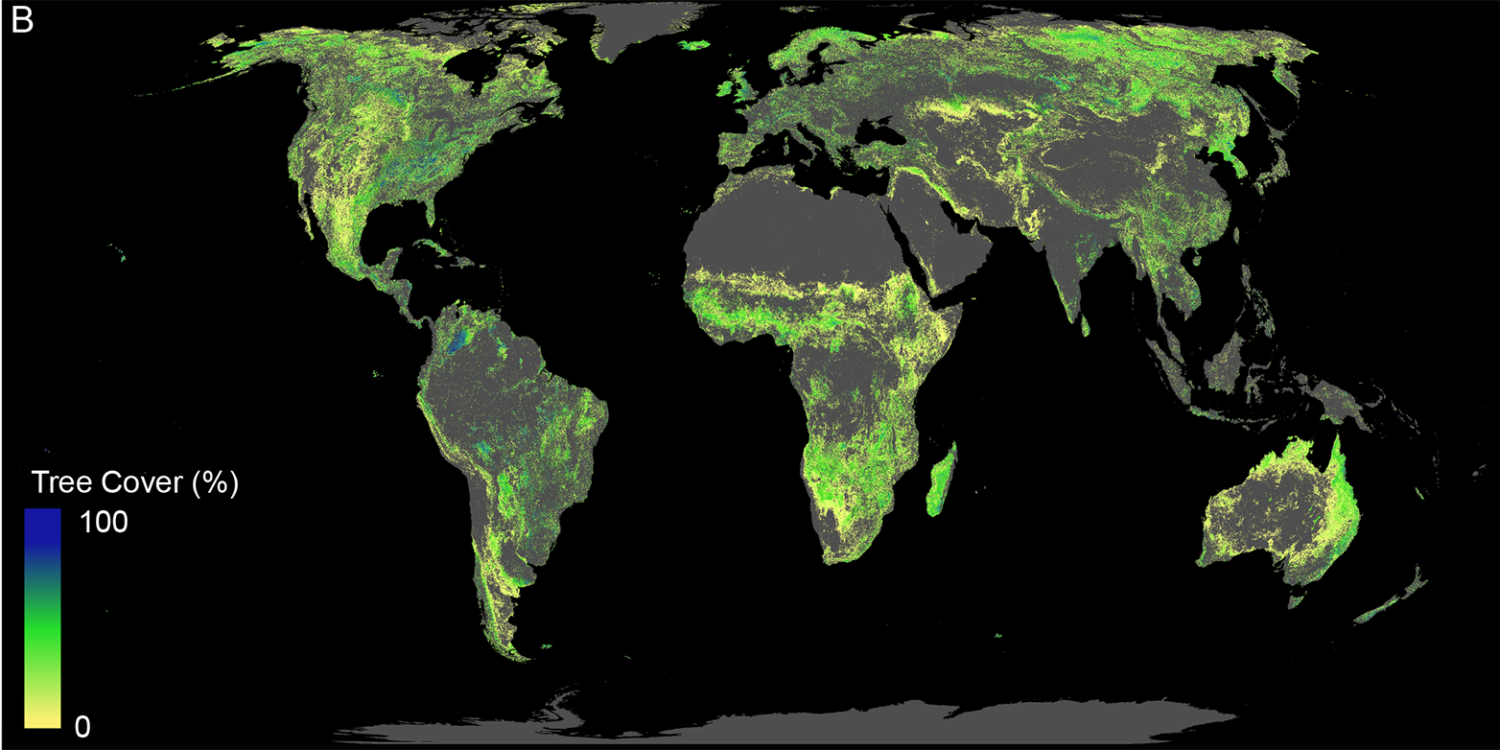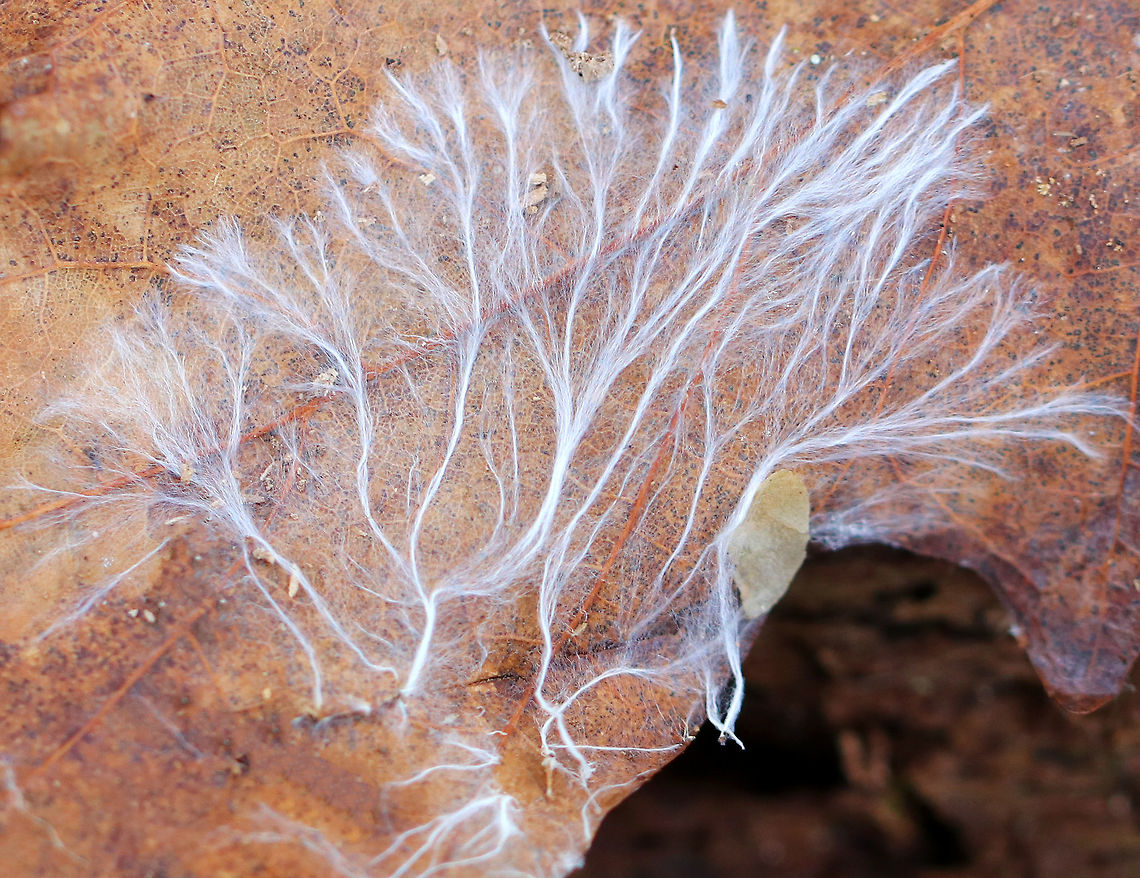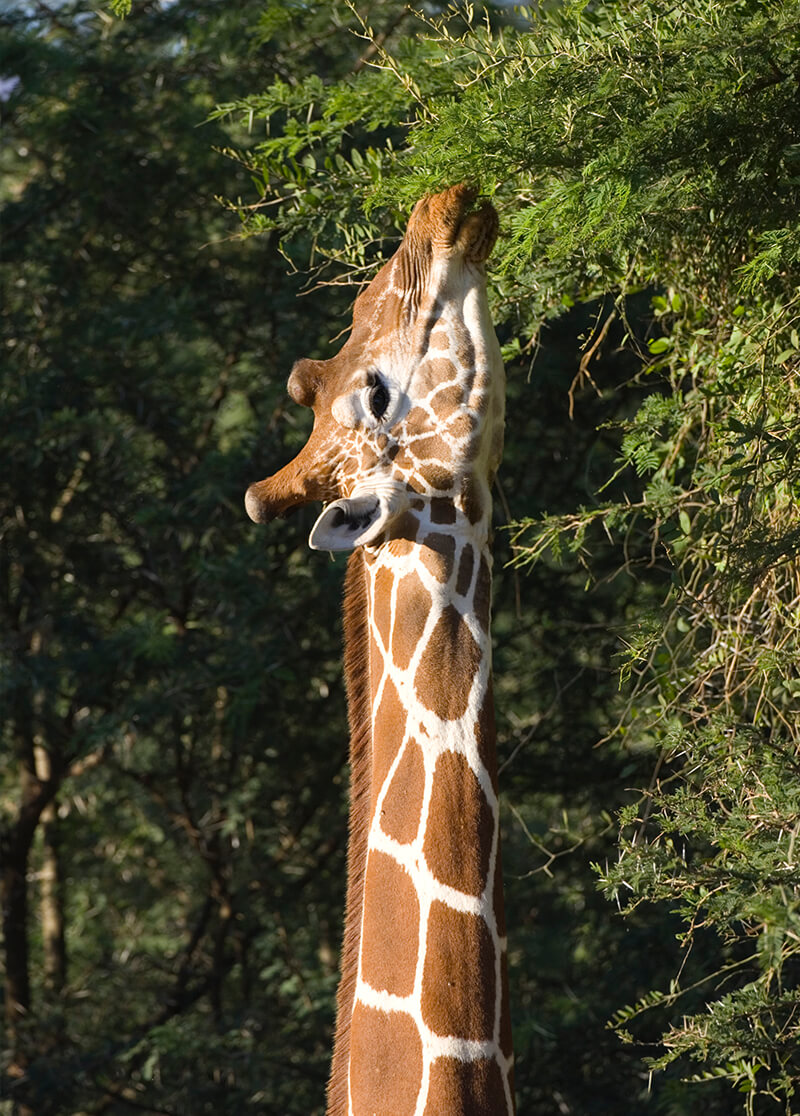How Trees Secretly Talk To Each Other
By Something CuratedMapped for the first time by Zurich-based ecologist Thomas Crowther, it is estimated that some three trillion trees are growing on the Earth’s surface as of 2015. In 1997, Canadian scientist Suzanne Simard made an incredible discovery that our planet’s trees communicate with each other through the use of a complex and very sensitive underground network made of fungi. It is understood that the primary reason that trees communicate with each other is to avoid threats and ensure the greatest chance of their survival in nature. Everyday, trees face hazards like droughts, insects, predation, from herbivores that eat tree leaves, or even diseases – not to mention damage by humans, which sadly they’re still unequipped to deter successfully. By communicating, trees can warn each other of nearby threats, and then alter their behaviour to reduce the impact of those threats and improve their prospect of survival.

Known by the scientific community as mycorrhizal networks, these vast underground capillaries of communication have earned the colloquial nickname of the Wood Wide Web because of their use by trees to transmit information and share resources, similarly to how humans use the World Wide Web to transmit information. Mycorrhizal networks are formed when fungi grow on the roots of individual plants and connect them together into a network of roots and fungi, which can then be used superbly as a means of communication. Through a mycorrhizal network, trees can share information about possible concerns from imminent weather challenges and diseases, to the arrival of predators. Critically, “mother trees” also use the network to share resources, like sugars, water and nutrients, with younger trees that may be shaded from sunlight or are otherwise resource poor.

Mycorrhizal networks depend largely on “mother trees,” which are usually the oldest, tallest and strongest trees with the greatest exposure to sunlight. Using water, the sun’s energy, and carbon dioxide, trees produce sugars through the process of photosynthesis. However, because of their access to large amounts of sunlight, “mother trees” produce more sugar than they require for survival. This surplus sugar is deposited throughout the tree, including in its roots. Here is where the fungi come in – they use this excess sugar to grow. In a synergetic relationship, the fungi provide water and various nutrients needed for the tree’s survival, and in return, the tree feeds the fungi. The bodies of the fungi are made up of long strands called mycelium, or mycelia in its plural form, which grow and attach to the roots of other nearby trees under the soil, forming a web of roots and fungi – this is the foundation of the Wood Wide Web.

To effectively communicate utilising this network, a tree sends chemical signals through its roots that then travel through the fungi and are received by other trees, which alter their behaviour accordingly, based on the information received. A fascinating example of this communication in action can be seen on the African continent, where giraffes commonly feed on the leaves of Acacia trees. Over time, this variety of tree has evolved a self-defence mechanism from being overeaten by the animals. When the tree senses that its leaves are being eaten, it releases chemicals called tannins that taste unpleasant and deter hungry mouths. When nearby Acacia trees detect tannins in their surroundings, they too release their own chemicals to proactively keep giraffes at bay. In a similar vein, other tree species have evolved to expel pheromones upon detecting insect attacks, which warn nearby plants of imminent risk.
Feature image: Tacita Dean, Majesty, 2006. © Tacita Dean. Courtesy Frith Street Gallery, London and Marian Goodman Gallery, New York/Paris